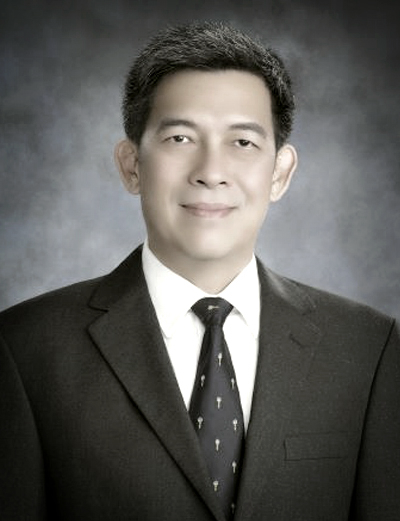Title:
Microwave sensors for agricultural applications
Abstract:
Nondestructive determination of dielectric properties of materials is essential in various applications to monitor the nature of an object. Apart from many techniques like near infrared (NIR), X-ray, ultrasonic, and so on, a microwave based technique is of interest due to its low cost, high accuracy, and small size. In this talk the objective is to describe and present a novel way to determine in situ the ripening of fruits and how they can be applied in real time applications. This methodology has been applied to determine the quality of fruits like Durian, Orange, Mangosteen and the like.
A number of techniques exist for characterization of lossy dielectric objects at microwave frequencies. Many such techniques have been extensively developed, e.g. resonant and non-resonant methods. For the resonant method, the cavity perturbation technique is well suited for measuring low dielectric loss materials and the accuracy is limited only by the size of the cavity. For a non-resonant method, the transmission line technique needs an adequate thickness of the sample. An open-ended probe technique, which has been successfully commercialized, can measure over a wide frequency range with moderate accuracy, but the material sample must be sufficiently thick and the contact surface of the probe must be flat and free of air gaps.
In this methodology we propose to use a free space measurement technique used in RCS measurements and use the natural resonant frequency concepts to estimate the variation of the dielectric properties with time, and thereby relate to the physical characteristics of the fruit. What makes the problem challenging is that both the real and the imaginary parts of the dielectric constant for most frits is extremely high and even much greater than that of sea water! The variation of these electrical properties as a function of frequency will be described and how the singularity expansion method can be applied to estimate the variation of the natural resonant frequency of the various fruits as it ripens changing the sugar content with time will also be discussed.
In a free-space measurement technique, the amplitude and the phase of the returned probing signal are measured from a sample of interest which is placed between a transmitting and a receiving antenna. Thus, the measurement setup is quite complicated since one needs to measure both the magnitude and phase of the scattered signal. There have been attempts to simplify the measurement system. An interesting method is to omit the phase and measure only the reflection and the transmission coefficients instead. Subsequently, a coupled-dipole sensor using the magnitude of and has been developed.
This talk will provide an overview of the various measurement techniques and try to relate the electrical properties to the physical properties of the various fruits.
Biography:
Monai Krairiksh was born in Bangkok, Thailand. He received the B.Eng., M.Eng. and D.Eng. degrees from King Mongkut’s Institute of Technology Ladkrabang (KMITL), Thailand in 1981, 1984, and 1994, respectively.
He was a visiting research scholar at Tokai University in 1988 and at Yokosuka Radio Communications Research Center, Communications Research Laboratory (CRL) in 2004. He joined the KMITL and is currently a Professor at the Department of Telecommunication Engineering. He has served as the Director of the Research Center for Communications and Information Technology during 1997-2002. His main research interests are in antennas for mobile communications and microwave in agricultural applications.
Dr.Krairiksh was the chairman of the IEEE MTT/AP/Ed joint chapter in 2005 and 2006. He served as the General Chairman of the 2007 Asia-Pacific Microwave Conference, and the advisory committee of the 2009 International Symposium on Antennas and Propagation. He was the President of the Electrical Engineering/ Electronics, Computer, Telecommunications and Information Technology Association (ECTI) in 2010 and 2011 and was an editor-in-chief of the ECTI Transactions on Electrical Engineering, Electronics, and Communications. He was recognized as a Senior Research Scholar of the Thailand Research Fund in 2005 and 2008 and a Distinguished Research Scholar of the National Research Council of Thailand in 2010.
Dr.Krairiksh was a distinguished lecturer of IEEE Antennas and Propagation society in 2013-2014. He is currently an Associate Editor of IEEE Transactions on Antennas and Propagation.

